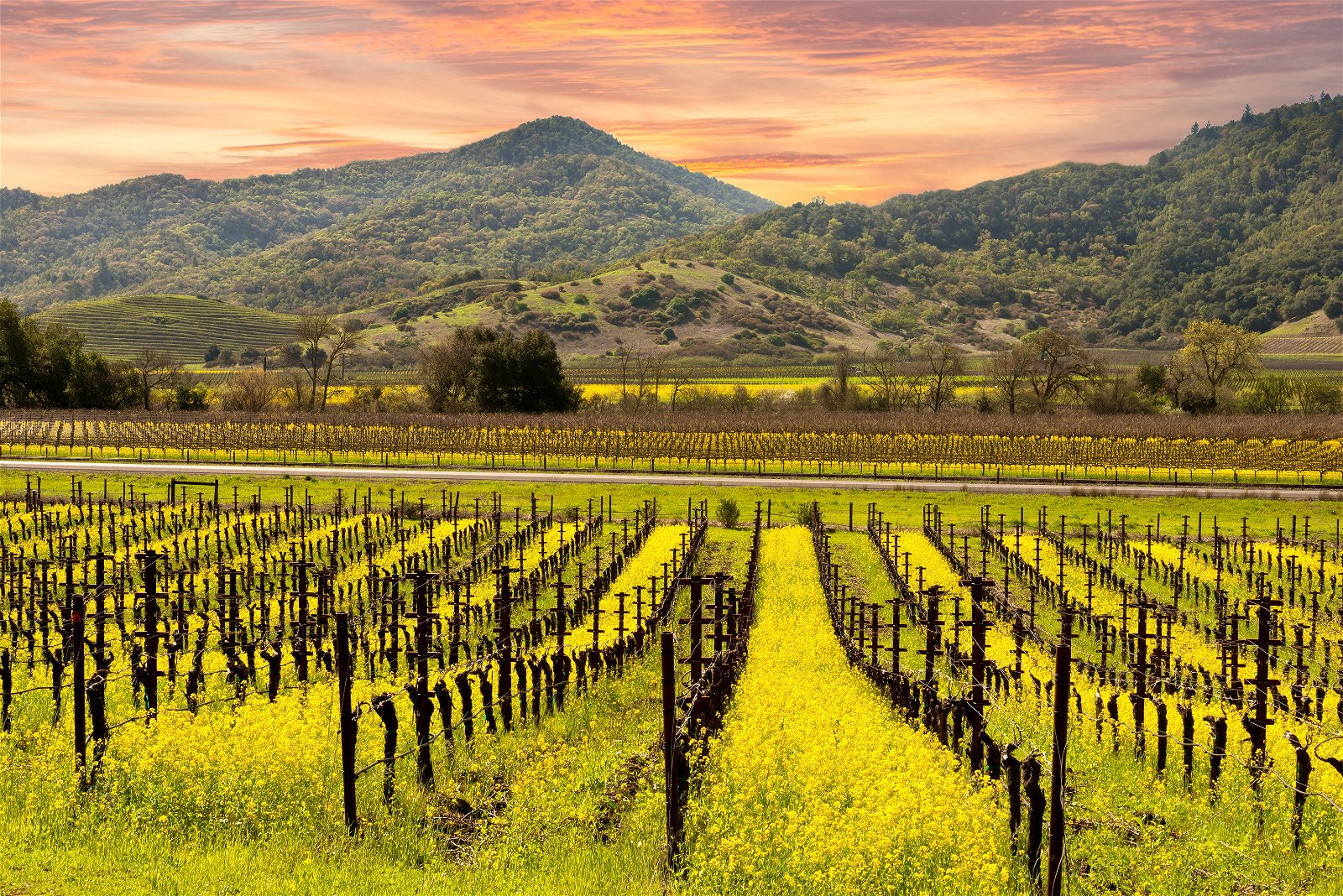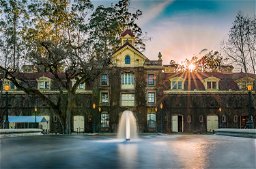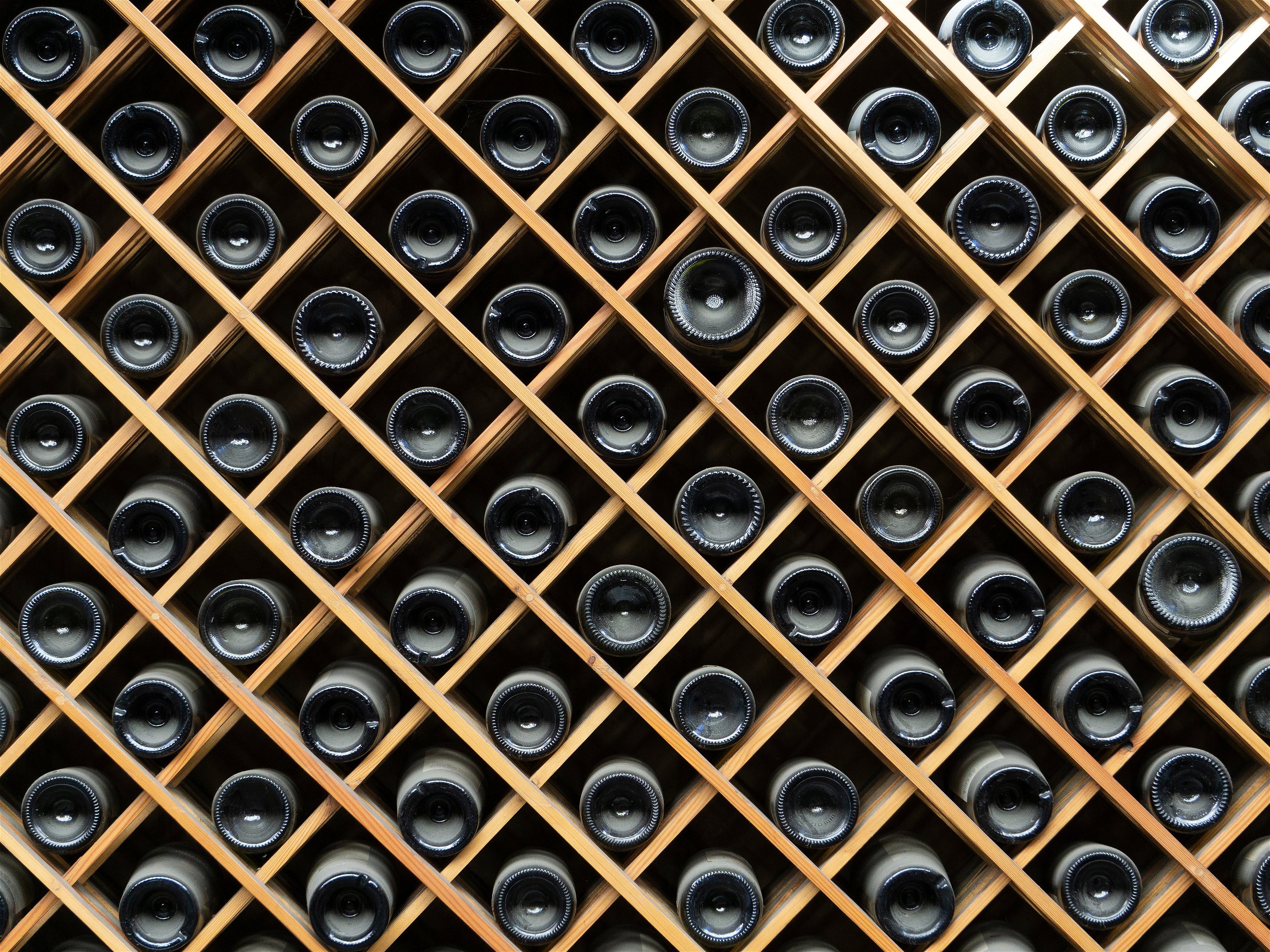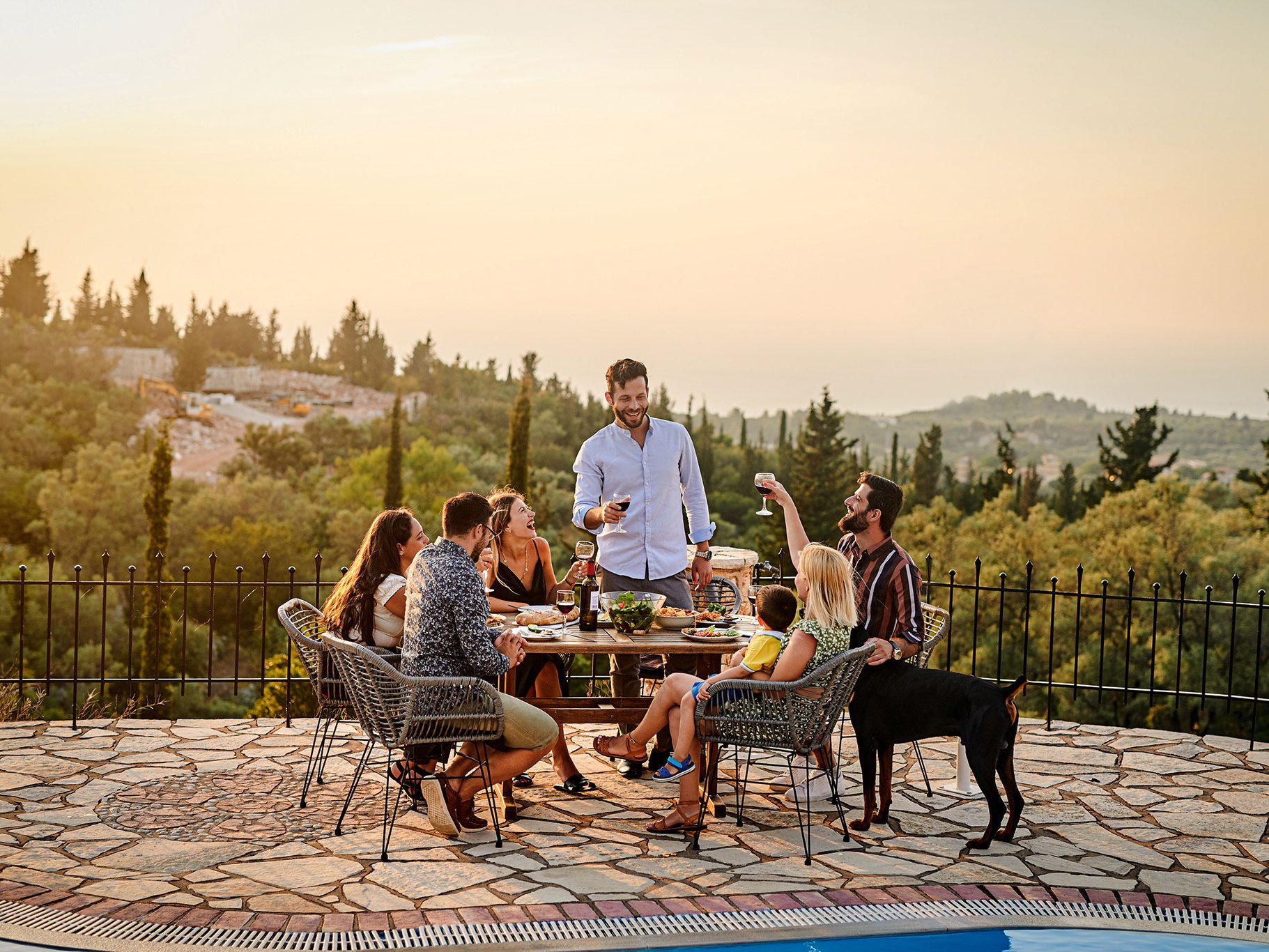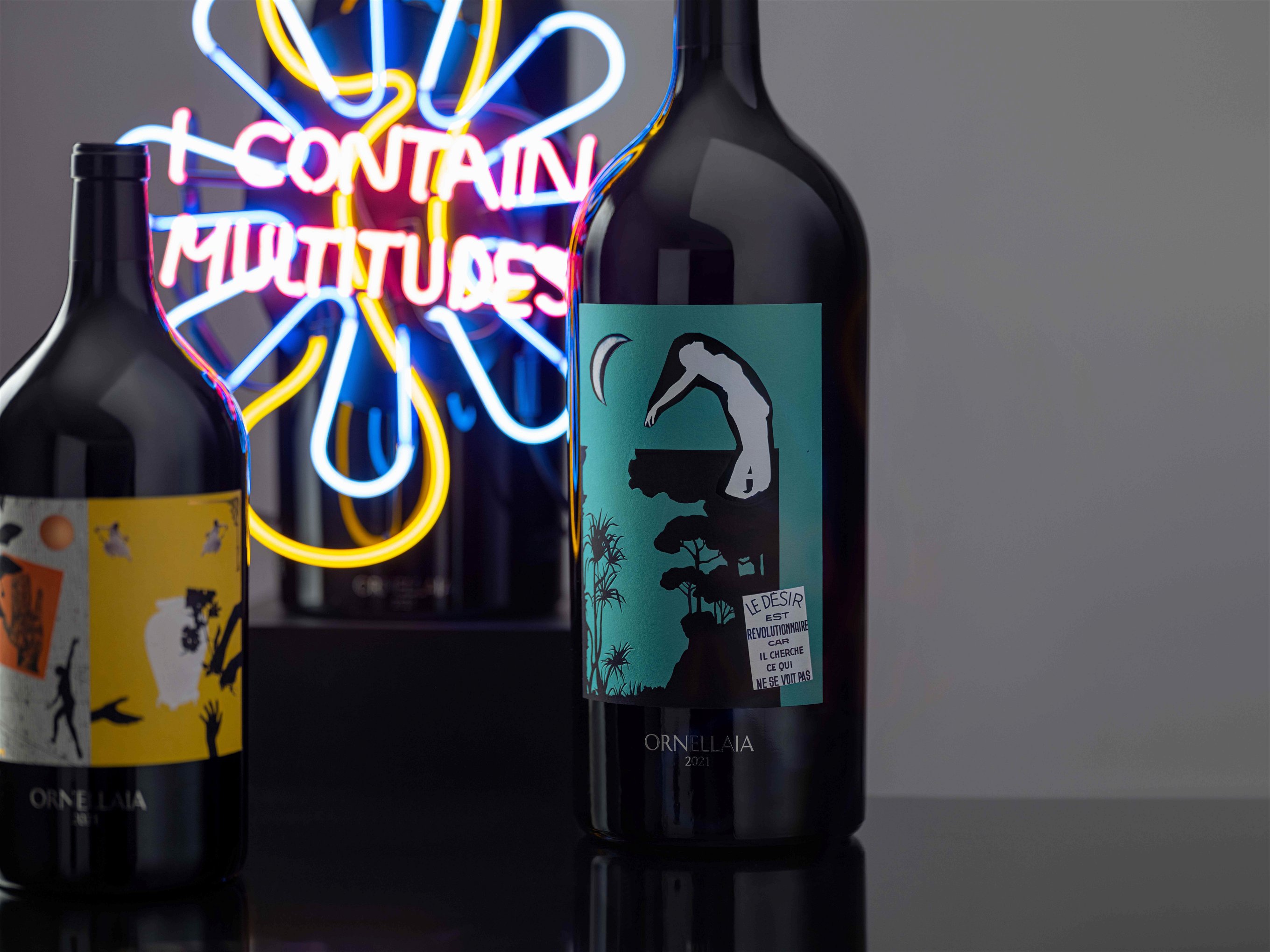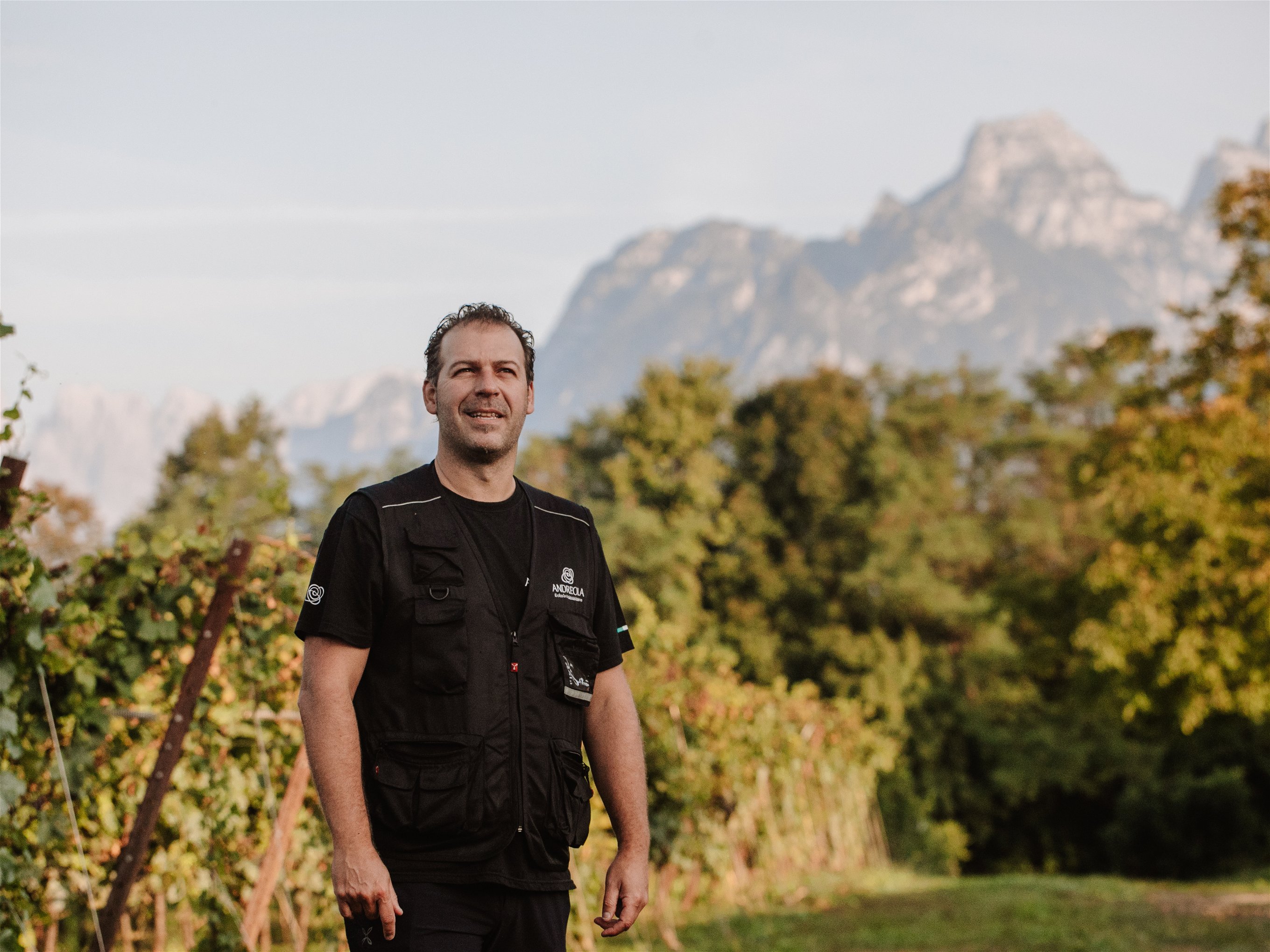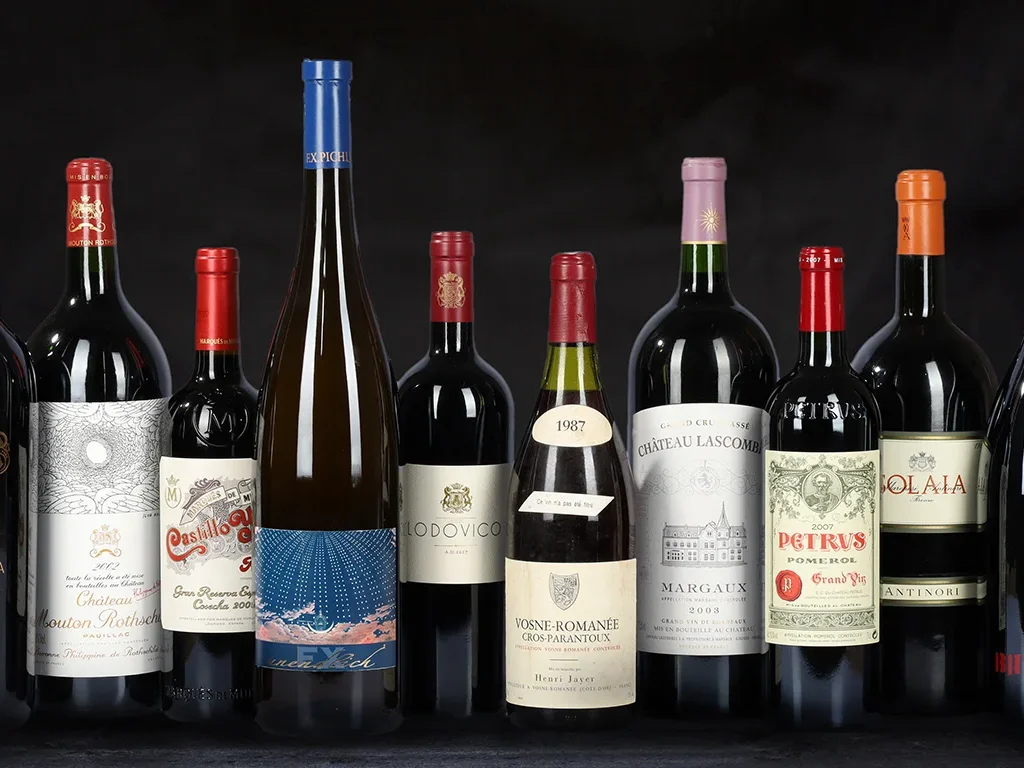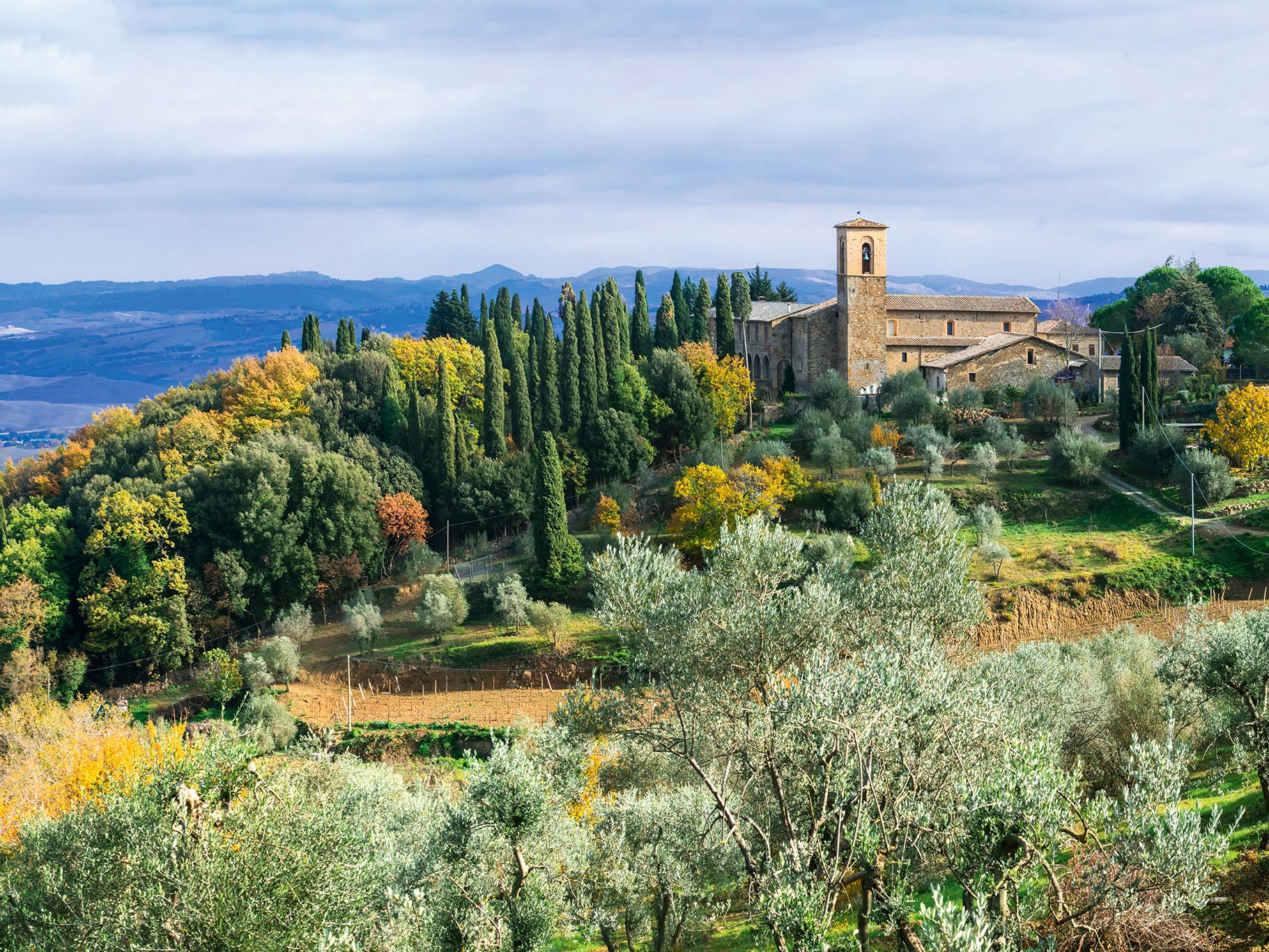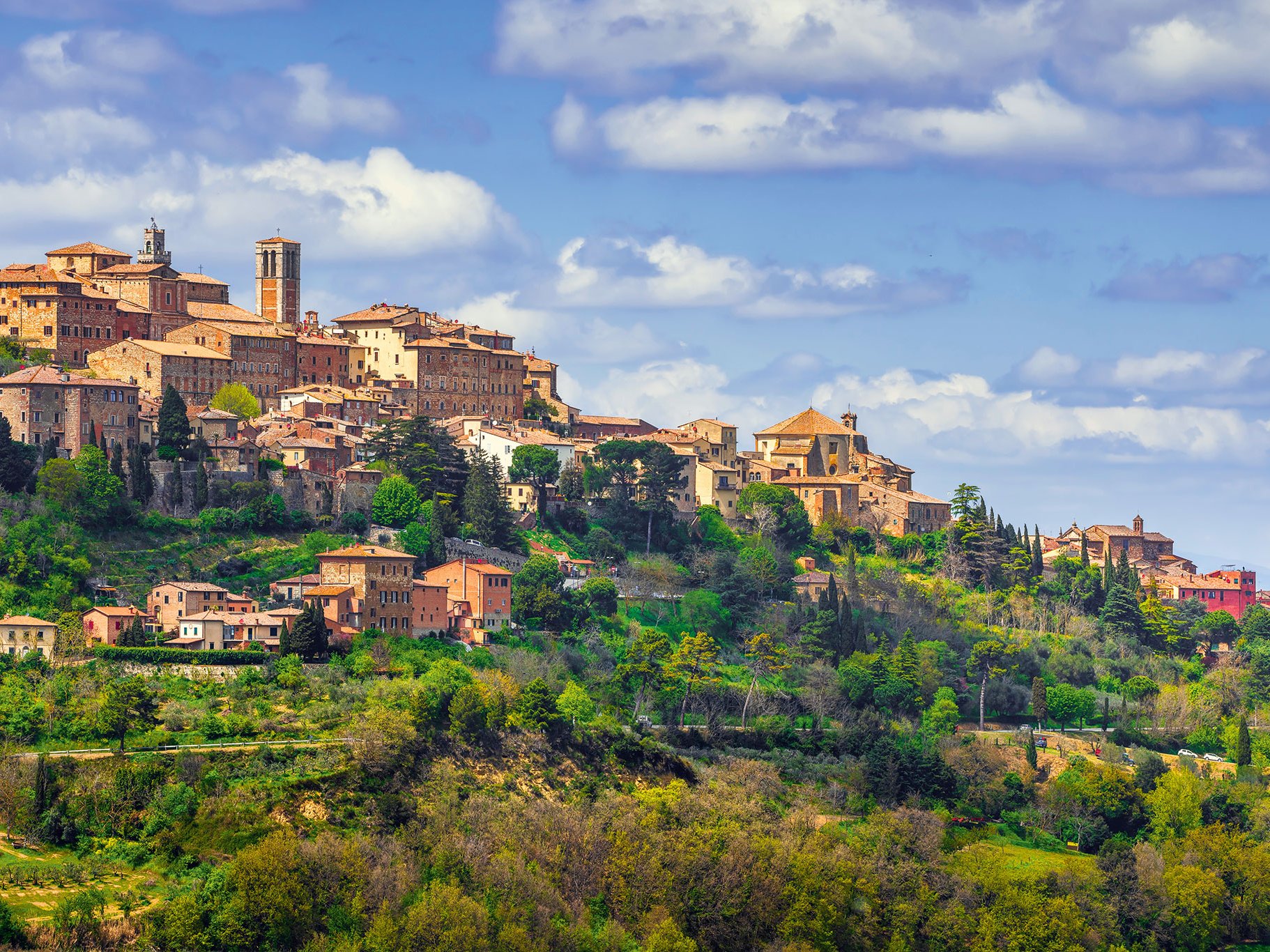Although California's viticulture can look back on a history of more than 230 years - after all, the first vines were planted in the Sonnenstatt in 1769 - the actual, and above all international, success story of California is only about 50 years old. Before that, among other things, it was necessary to survive Prohibition, which almost brought California's viticulture to a standstill.
The big turnaround began in the 1960s with the founding of the Robert Mondavi Winery in Napa Valley, when the work and quality awareness of the pioneer Robert Mondavi steered viticulture in a completely new, high-quality direction. This development culminated in the famous and legendary "Judgement of Paris", a comparative tasting of France against Napa Valley, when a Californian Chardonnay and a Cabernet Sauvignon beat renowned competitors from Burgundy and Bordeaux. Today, Californian vines cover an area of about 185,000 hectares, providing about 85% of America's wine. And both white and red wines from Napa Valley or Sonoma are among the critics' favourites, from Robert Parker's Wine Advocate to Winespectator to Decanter.
The heart of California's viticulture is the Napa Valley with many famous and renowned names, a tourist magnet and at the same time developed into a real world of wine experience.
More contemplative, but no less high quality, is Napa's neighbour Sonoma. Both regions profit enormously from the cold air currents and the cool coastal fog of the nearby Pacific. Both regions produce great Chardonnays, Cabernet Sauvignons, Merlots or Bordeaux blends, as well as Zinfandel. The Chardonnays are considered by critics to be among the best in the world.
Santa Barbara, further south, boasts excellent Pinot Noirs and regions like Monterey, Santa Cruz or Mendocino also have a lot to offer. The vineyards along the Californian coast stretch for about 1,000 kilometers. Most of the wines, especially in the inexpensive range, come from the warm and dry Central Valley further inland, which allows large-scale viticulture with mechanical processing. This is also where the famous "Blush" comes from, a rosé wine of the Zinfandel variety that is usually slightly sweetened to sweet.
However, California does not stand still; the "Rhone Ranger" for example dedicate themselves to the cultivation of the Rhone varieties, like Viognier, Syrah or Grenache. There are also experiments with Spanish varieties like Tempranillo or Albarinho.
The cuisine of California is quite creative and above all influenced by neighbouring countries such as Honduras or Mexico, but also inspired by the Asian region. Meat is often combined with seafood, and those who can use locally grown vegetables. Numerous star-rated restaurants in the metropolis of San Francisco or in the Napa Valley not only serve excellent cuisine, but of course have the best wines of the region on their menus.
